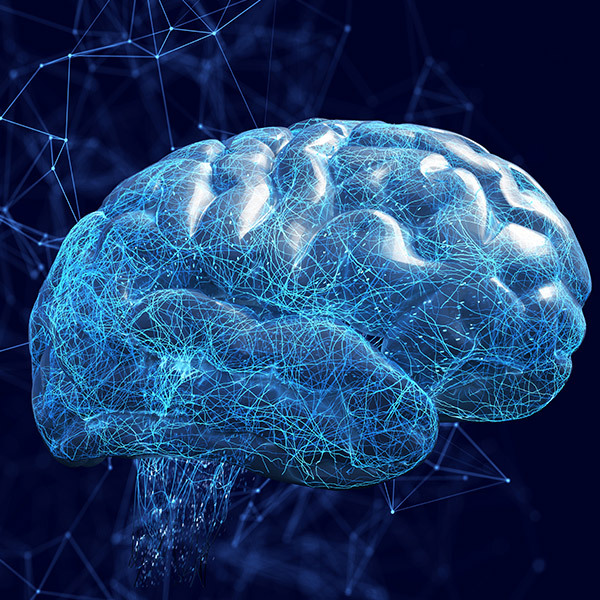Current challenges
Current technical challenges in surgical disciplines such as neurosurgery underscore the pressing need for advancements in surgical tools and techniques. For brain aneurysm surgery, existing tools have remained unchanged for decades, resulting in shortcomings such as aneurysm clip misalignment and slippage during surgery which can be fatal.
In neuro-oncology surgery, the challenge lies in distinguishing between tumour and normal brain tissue in real-time to preserve essential brain functions. Failing to do this increases tumour burden and/or loss of key brain functions such as speech and movement. Current pre-operative imaging, intraoperative brain stimulation and optical imaging, are constrained either by changes during surgical resection –‘brain shift’- or cannot accurately provide a ‘real-time map’ to guide brain surgery.
Solutions and Surgical tool products
To overcome the technical challenge of brain aneurysm clipping, which is the highest surgical risk in neurosurgery, we have comprehensively redesigned the aneurysm clipping system. A novel aneurysm clip is paired with a unique ball and socket interface on an ergonomic, high stability clip applicator for near limitless degree-of-freedom clip application, deployed using a proprietary single finger actuation.
To address real-time anatomical mapping during surgical resection, we are developing a bioimpedance-based high-resolution tumor identification probe combined with a unique computation for constructing an intraoperative impedance map of the surgical field.
Benefits
10547: Actuator surgical handle system
Surgical handle and Applicator:
- Enable clip release mechanism with single finger (index) only
- Significant mechanical advantage
- Easy sterilization
- Finger operated 360-degree axial rotation of the distal
Aneurysm Clip:
- Prevents unintentional clip slipping
- Stable engagement by clip applicator from multiple angles of approach
10709 & 11670: Apparatus and computation for intraoperative real-time tissue discrimination
- Non-invasive, non-penetrative means of differentiating tissue types
- Enable real-time ‘look-ahead’ abnormal vs. normal brain tissue differentiation
- Unique computation for multiple electrodes to create a label-free real-time ‘tumour map’



